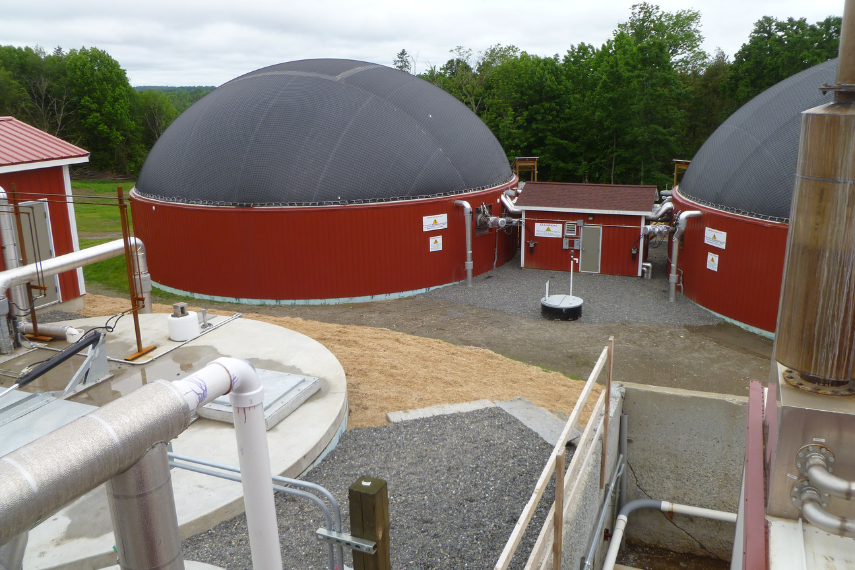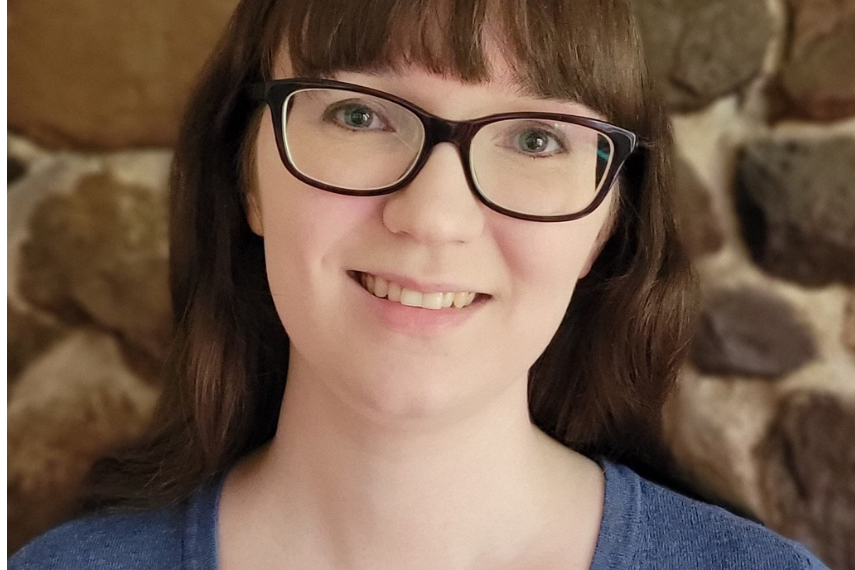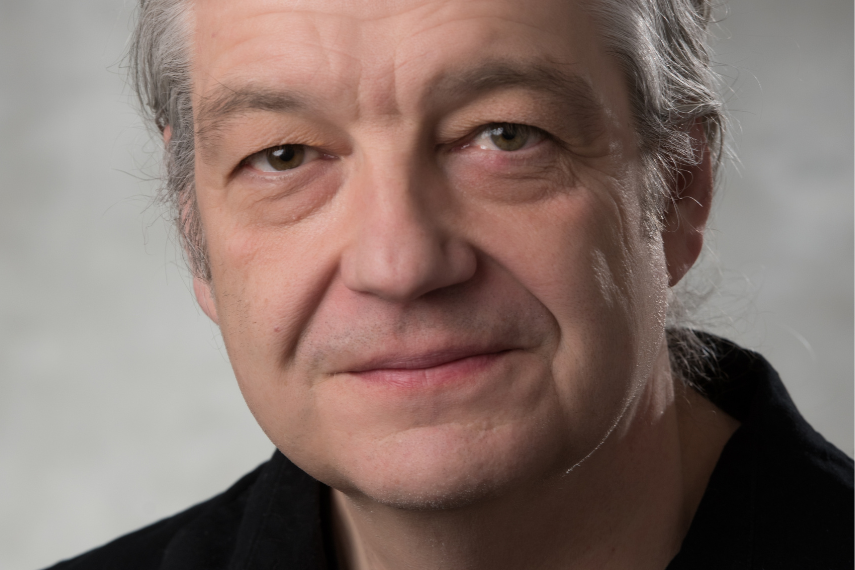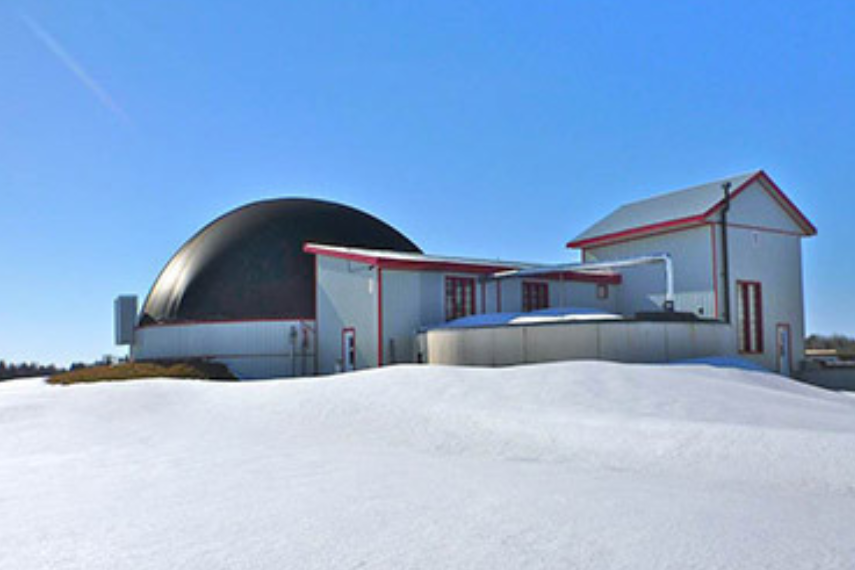Validating a Mathematical Model in Environmental Engineering

Researchers test how consistent a model’s predictions are when implemented by different computer programs.
Modelling Waste Decomposition
As the current climate crisis continues to impact the world around us, clean and renewable energy sources are needed more than ever. When biodegradable matter such as plants and food waste are broken down by microorganisms in the absence of oxygen, a process known as anaerobic digestion, gases are produced. These gases, called biogases (including carbon dioxide and methane), can be used as a renewable energy source to generate electricity and potentially replace natural gas used to heat homes. Waste from agriculture, industrial processes, and households can be decomposed using anaerobic digestion, making it an appealing process for waste management.
The anaerobic digestion model 1 (ADM1) was developed by the International Water Association in 2002 as a standard for modelling anaerobic digestion. The model uses mathematical equations to describe the decomposition of waste and wastewater by microorganisms into biogas end products. Since then, researchers have implemented the model using various computer programs. However, the consistency of the outputs from these programs, and a comparison of how quickly they can generate their outputs, has not been thoroughly investigated.

Testing the Consistency of Model Predictions
CH Four Biogas, an Ontario company interested in the development of anaerobic digestion technologies, collaborated with Dr. Hermann Eberl, a Professor in the Department of Mathematics and Statistics at the University of Guelph, to validate the AMD1 model. “If multiple programs implementing the ADM1 model all result in similar outputs, we can have confidence in the model and its implementations,” says Eberl. “However, discrepancies may point towards issues with the model implementations that will need to be addressed.” Courtney Allen, a PhD student in Eberl’s research group, created a new implementation of the AMD1 model for the study based on a different mathematical approach to those commonly used. Allen’s implementation was compared to three other existing programs which were evaluated on the end product concentrations of carbon dioxide and methane, and the time required to obtain the final outputs.

After running the programs with 200 different sets of initial conditions, a statistical analysis technique called null-hypothesis statistical testing was used to compare the consistency between the different program outputs. This type of testing compares the average value of each output (carbon dioxide and methane concentrations) with respect to the variability in the output values. Based on these tests, the outputs of the programs agreed, validating their predictions. However, when comparing the time required to reach these final outputs, differences were evident.
Computation time is the time a computer requires to execute a program and has important implications. Programs that require less time to complete can be more easily implemented in time-sensitive applications. If the models are expanded to include more variables and the computation time increases, time savings become even more important. Although the mathematical approach used in Allen and Eberl’s code was assumed to be computationally slower than the other tested programs, it was unexpectedly found to have approximately 10 x faster computation speed than the other tested implementations – a few seconds difference in this study, but potentially much more in real world applications.
Renewable Energy Technologies of the Future
Validating the AMD1 model and current implementations is an important step in the development of new waste management and renewable energy technologies using anaerobic digestion. The unexpected improvement in computation time using Allen and Eberl’s ADM1 code also demonstrates the importance of challenging common assumptions in science. Their code could be used to help make faster predictions in new anaerobic digestion technologies, and the team believes it could be applied to other models as well. “It could be used to model other systems with the same mathematical form but with different parameters,” says Eberl.

This story was written by Carley Miki as part of the Science Communicators: Research @ CEPS initiative. Miki is a PhD candidate in the Department of Physics under Dr. John Dutcher. Her research focus is on understanding the forces and interactions between soft, sugar-based nanoparticles and how they differ when charged.
This work is supported by the National Sciences and Engineering Research Council (NSERC) of Canada and the Ontario Centre for Innovation.
Allen, C., Mazanko, A., Abdehagh N., Eberl, H. J. A New ODE-Based Julia Implementation of the Anaerobic Digestion Model No. 1 Greatly Outperforms Existing DAE-Based Java and Python Implementations. Processes. 2023, 11, 1899. doi: https://doi.org/10.3390/pr11071899